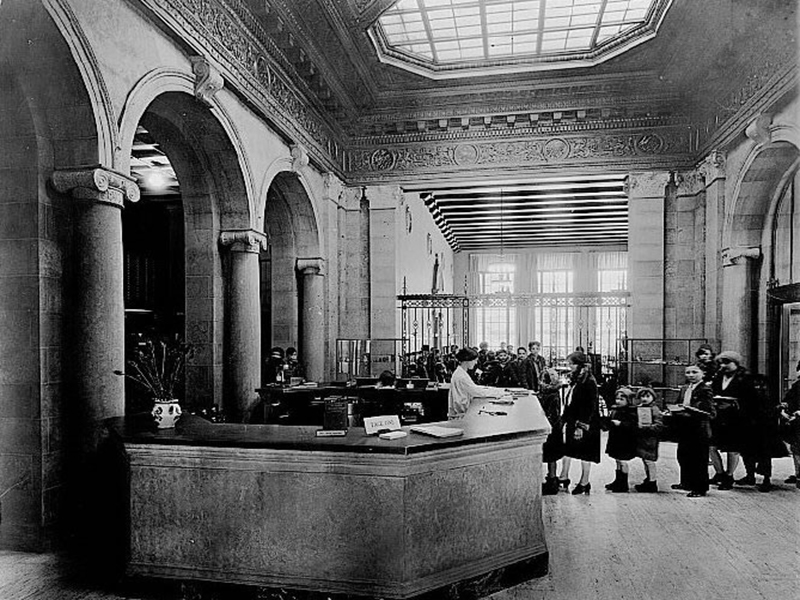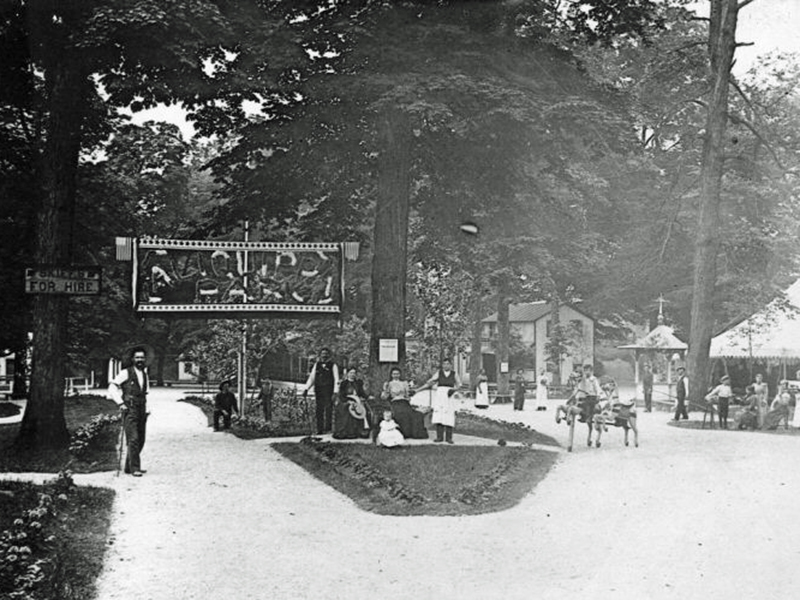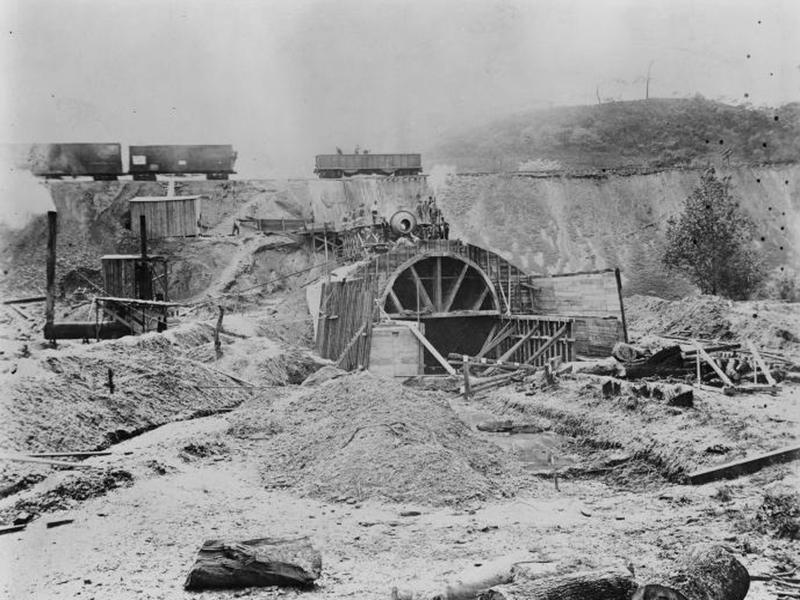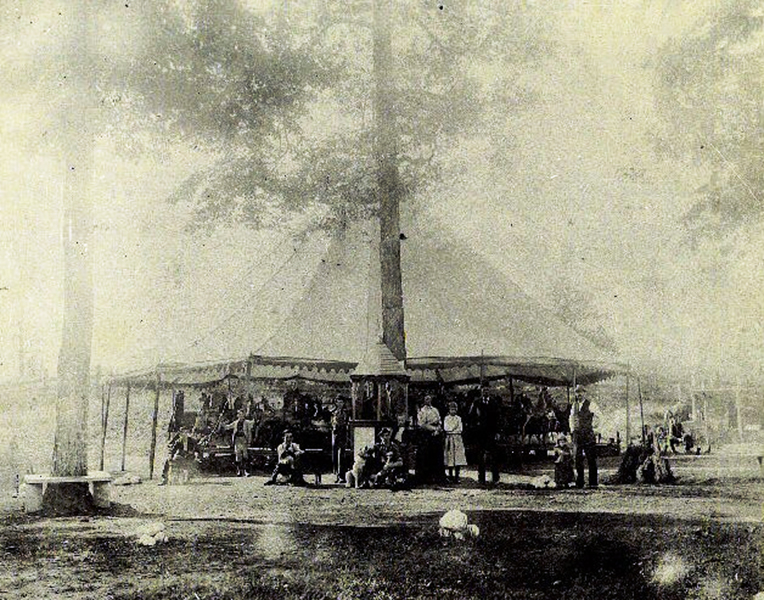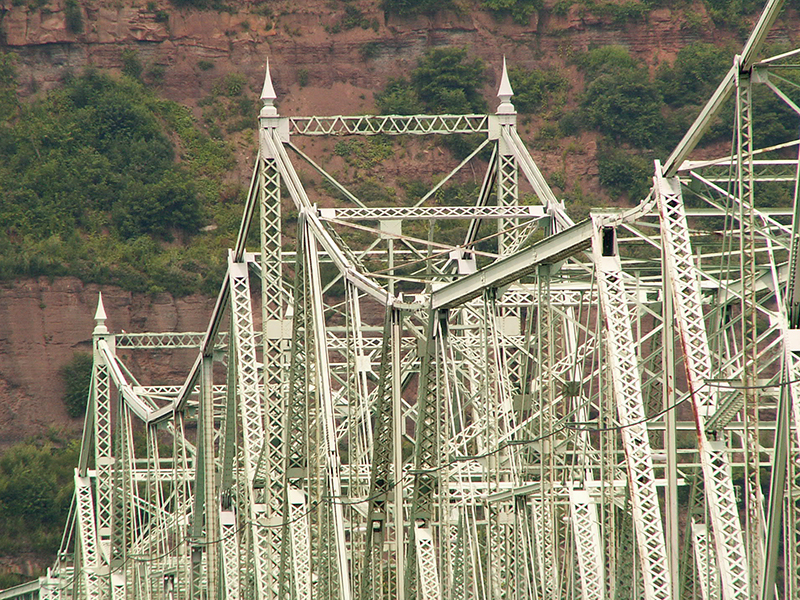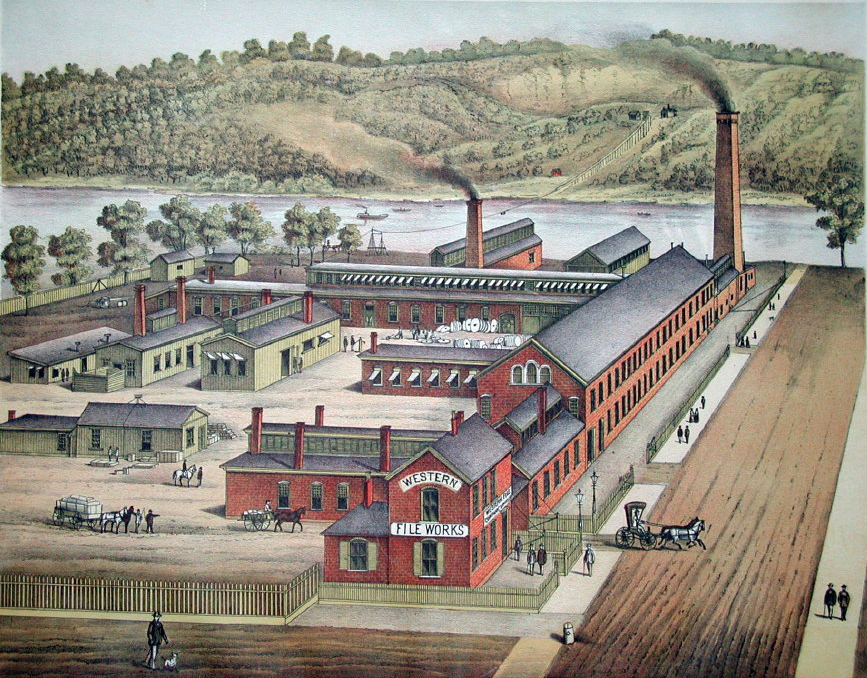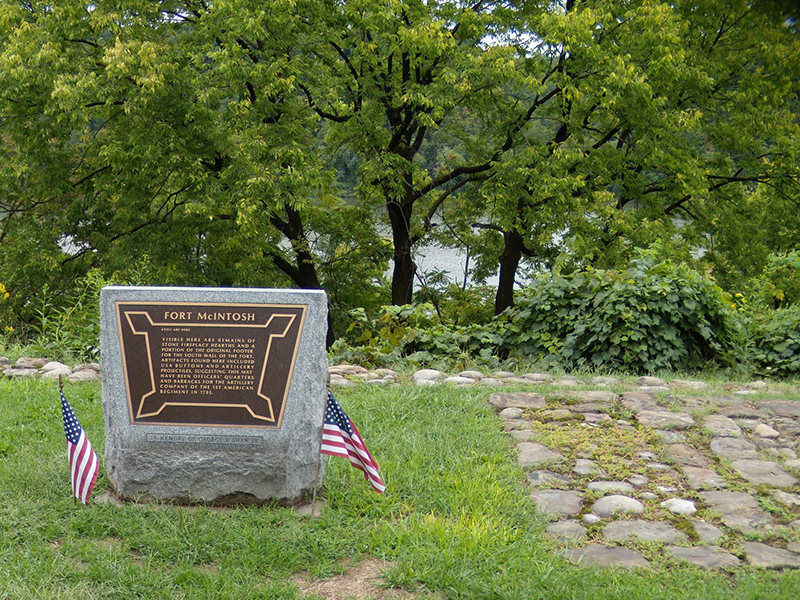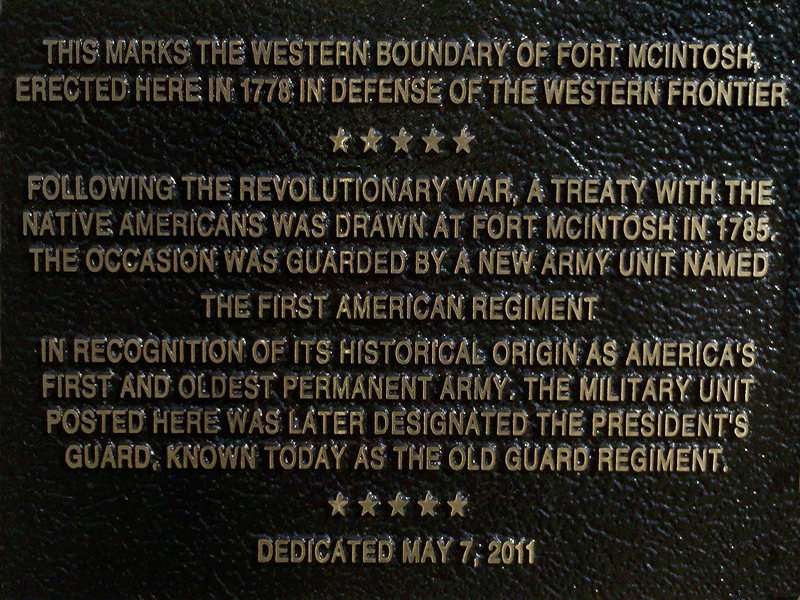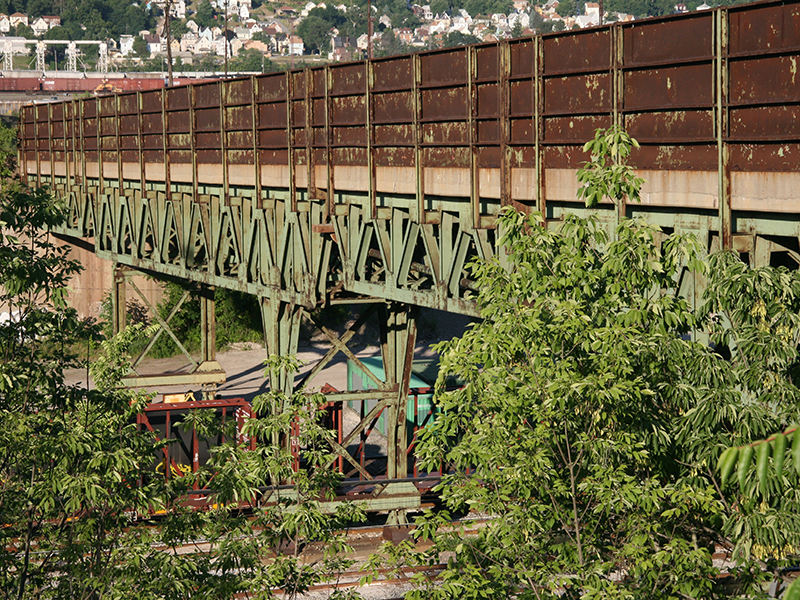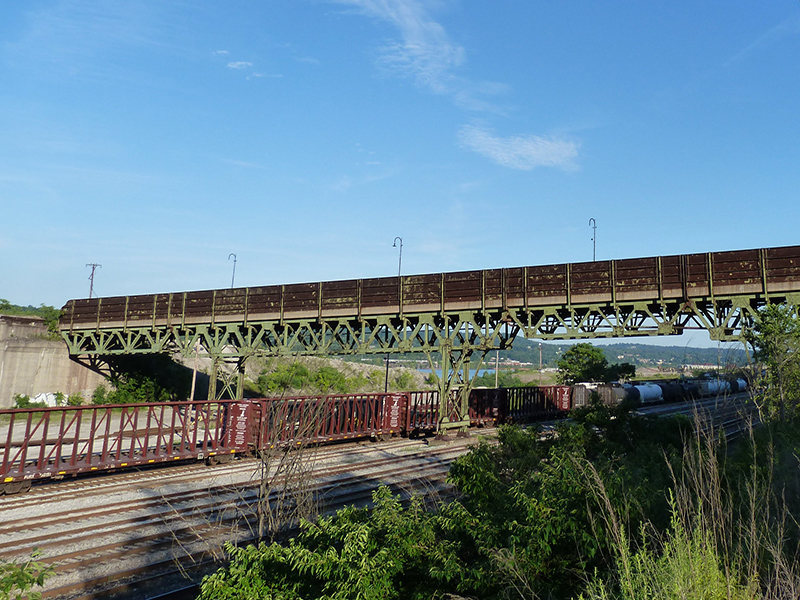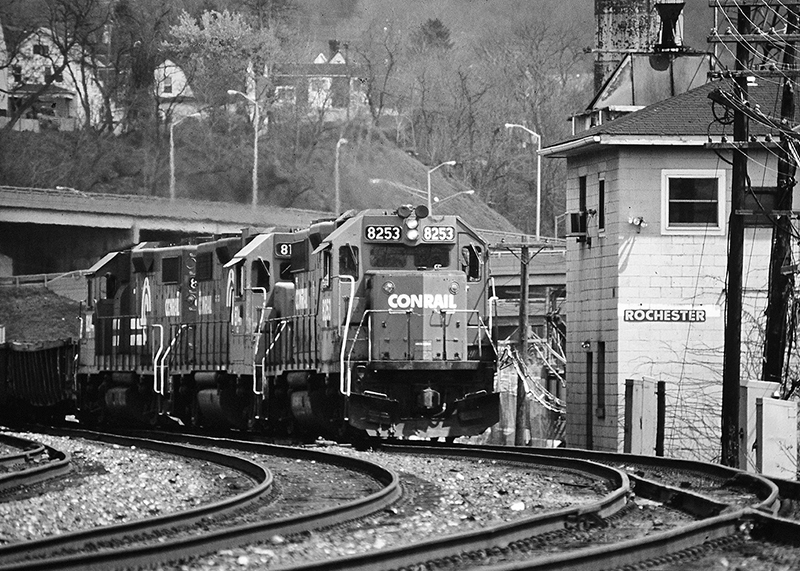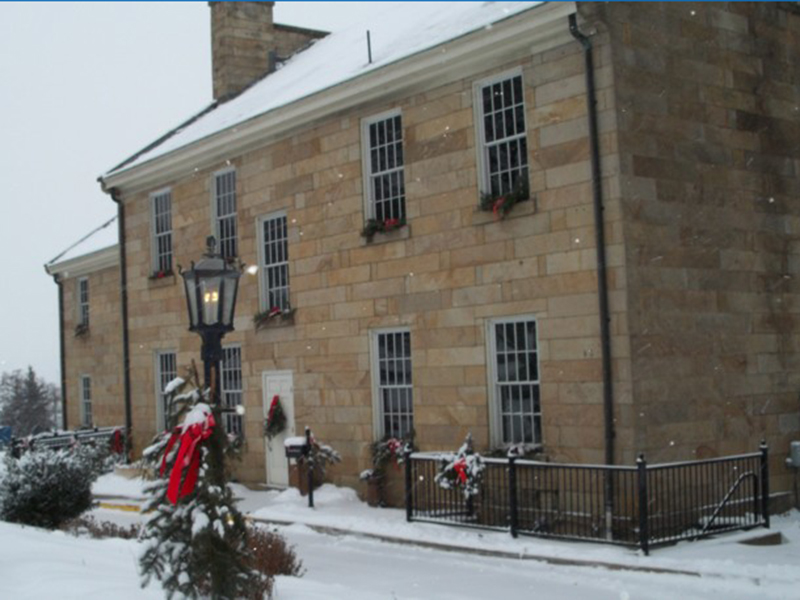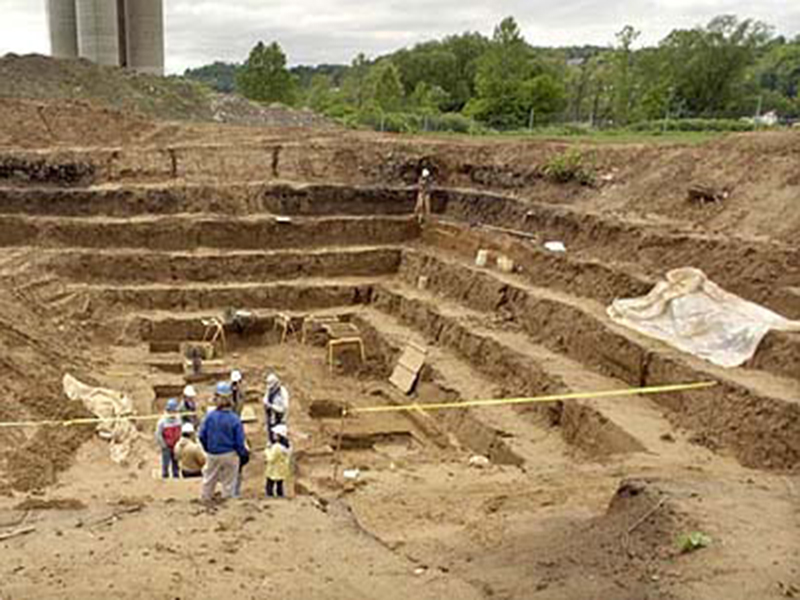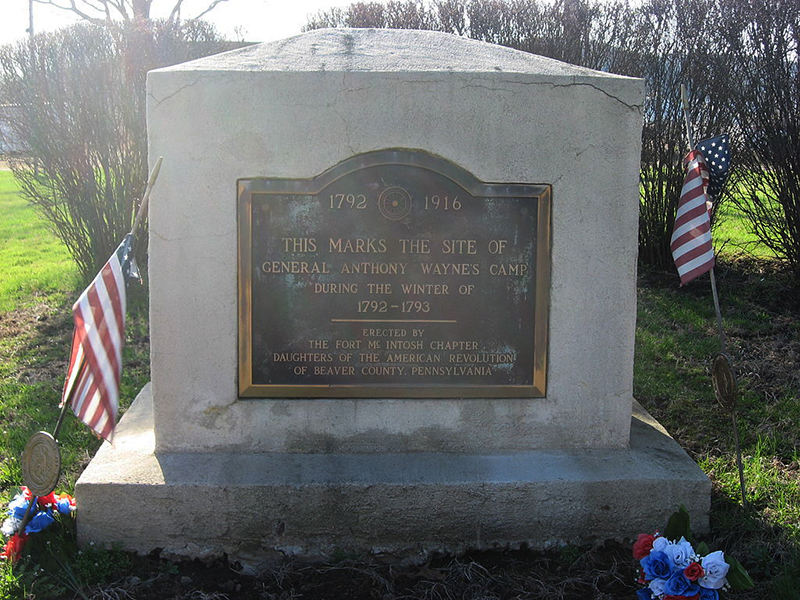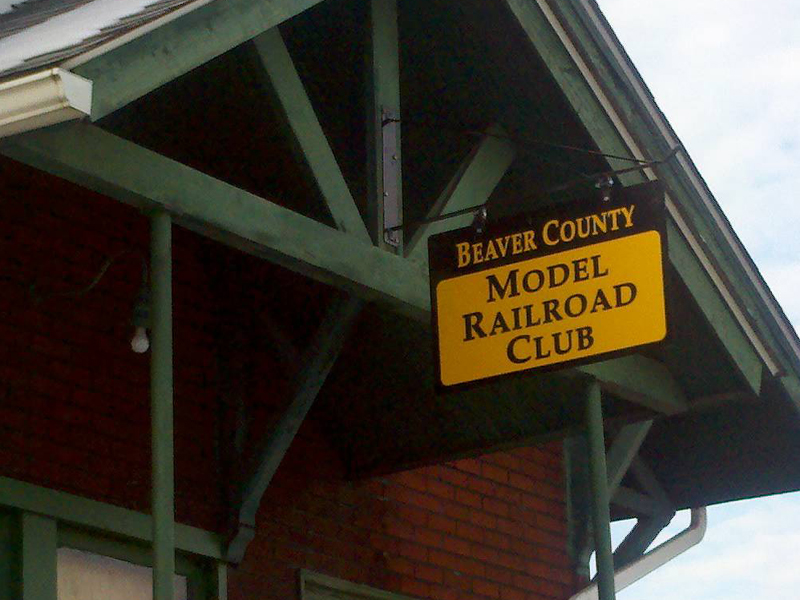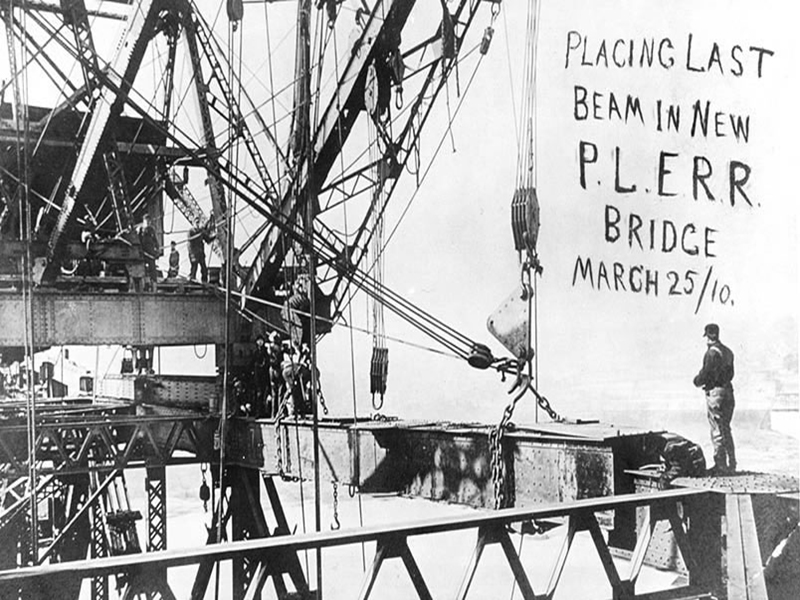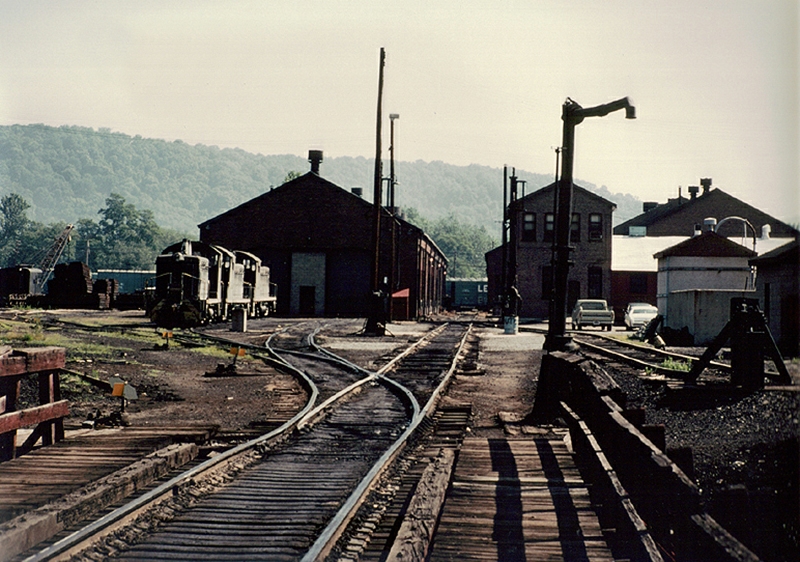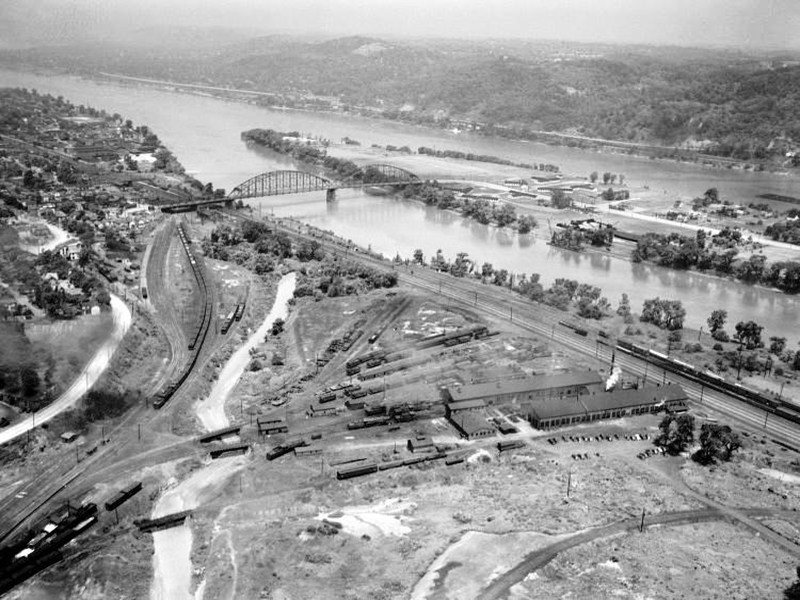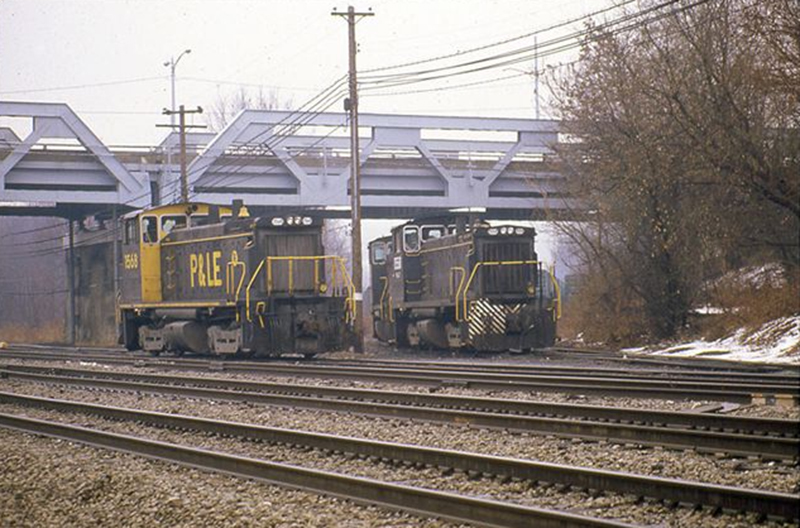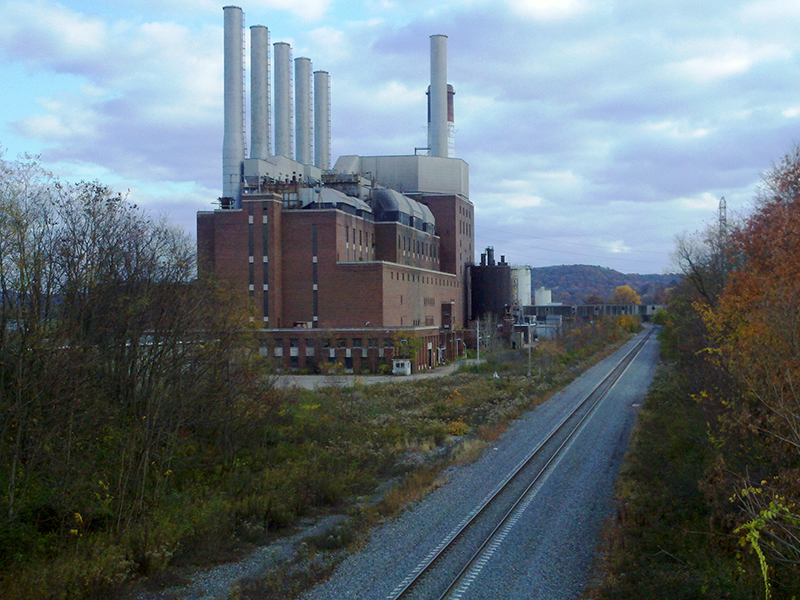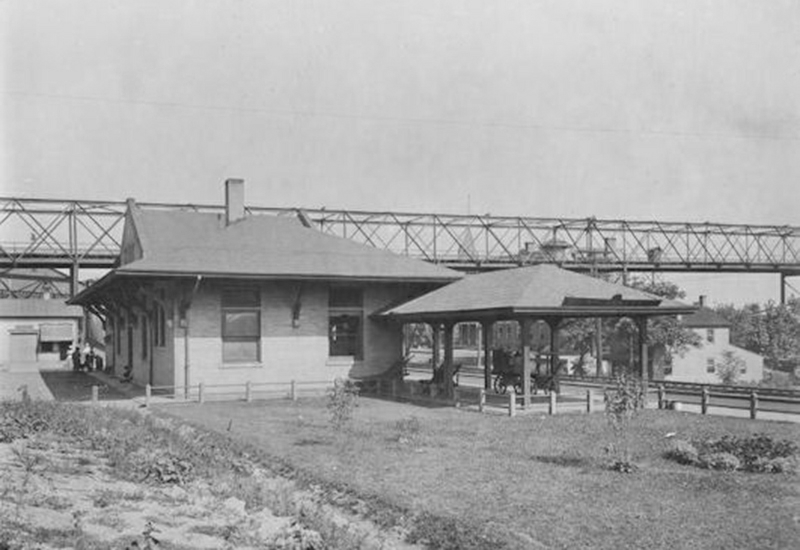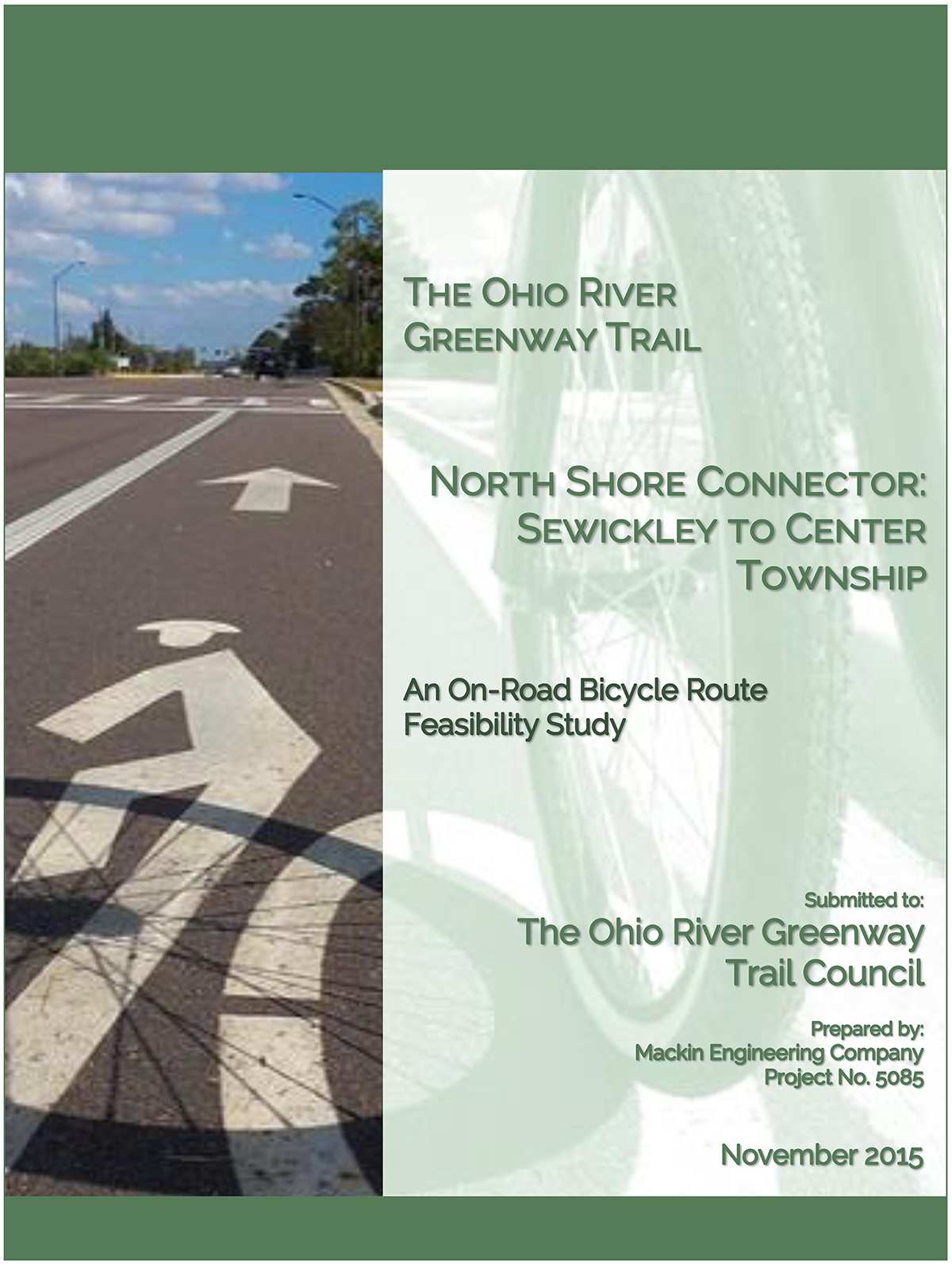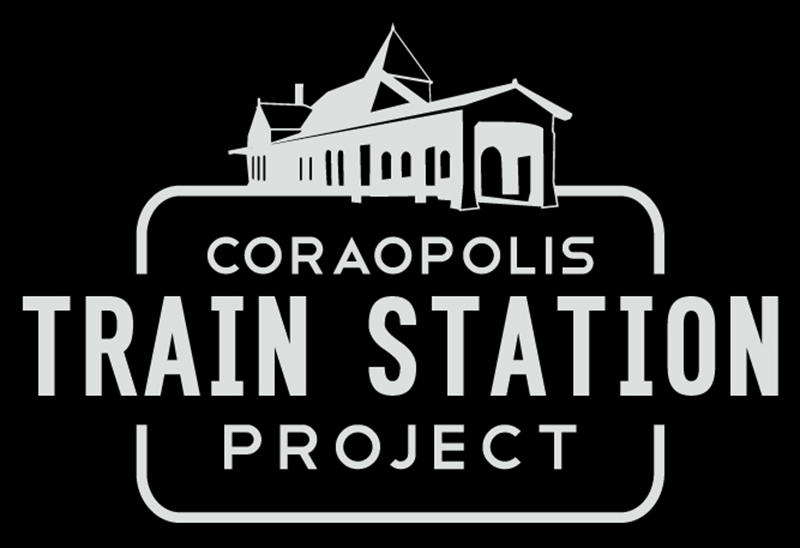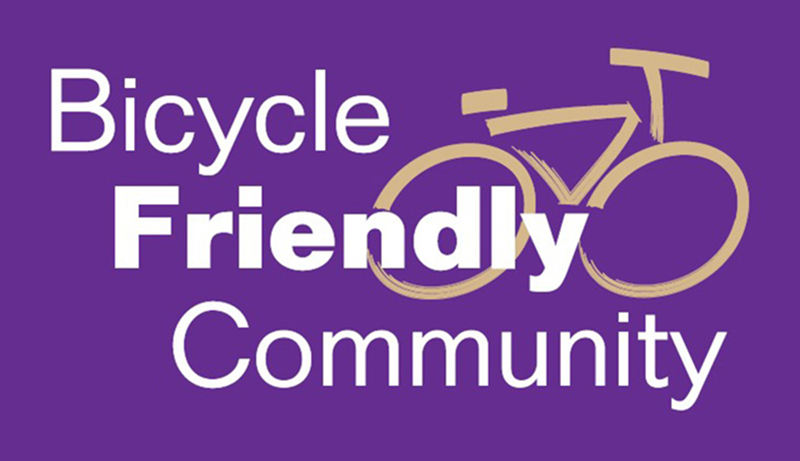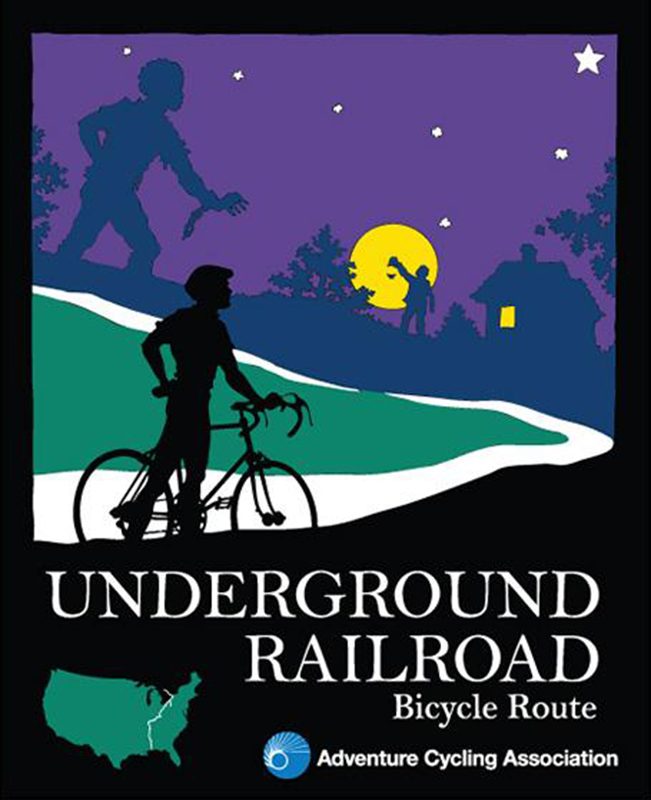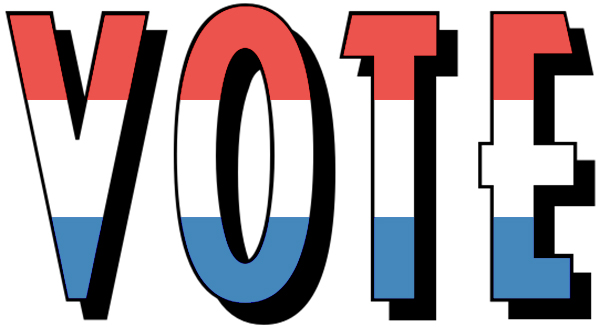
Bicycle Parking Program

Bicycle Parking Program
One of the major outcomes of the Ohio River Greenway Project is to foster recreation and cultural-based economic development, capitalize on the synergy of ecotourism and the potential development of a larger recreation and parks system as a way to reposition all the evolved Ohio River Trail communities for the 21st century business and lifestyle needs.
An important component of the Ohio River Greenway Project is the Ohio River Trail Council (ORTC) Bicycle Parking Program. Bicycle parking is critical because many people’s decision to bicycle is affected by security concerns for their property. The bicycle is a viable means of transportation when physical accommodations ensure that people’s trips are safe and convenient and that their property is secure. Every bicycle trip includes a safe route of travel and the secure facilities at the destination.
Bicycle-friendly commercial districts spur business growth. The reason is simple: cars don't buy things. People do. And square foot for square foot, bike parking is six times more lucrative than car parking. A 192-square-foot parking space (8’ X 23’) can hold either one car ($27 per hour parked, according to shopper behavior studies), or up to ten bikes ($16.20 each per hour parked). It comes out to:
- 14 cents per square foot: retail revenue per hour of occupied on-street auto parking. or
- 84 cents per square foot: retail revenue per hour of occupied bike parking.
According to the study, Consumer Behavior and Travel Choices: A Focus on Cyclists and Pedestrians, drivers make up a plurality of customers for supermarkets. With the greater trunk capacity, drivers far outspend people who travel to the grocery store by foot, bike or transit. However, Bikers actually out-consumed drivers over the course of a month. They often spent less per visit, but Cyclists made more frequent trips to bars, restaurants, convenience and grocery stores and those receipts added up. Such frequent visits are part of the walkable and cycling culture.
The Ohio River Trail Council works with government, businesses, non-profit organizations, community advocates, and individuals in determining the best bike rack location and design to meet their requirements, and the needs of bike commuters, customers, and visitors they want to serve. More than 1.5 million bicycles are reported stolen every year in the United States, and fear of bicycle theft is recognized as a significant deterrent to bicycle use. The availability of safe and convenient parking is as critical to bicyclists in the design and operation of shops, offices, schools, and other buildings. This ORTC Bike Rack Program Guide reviews bicycle parking planning, design, location, and installation requirements.
Bicycle parking facilities are classified into Class 1 and Class 2 facilities. Class 1 consists of lockers or racks in enclosed areas that provide security for long term. Class 2 includes stands or racks that provide protection from theft for the short term in unsupervised areas like outside a store, or for visitors to an office building, park, or Government service center.
Bicycle parking needs to be visible, accessible, easy to use, convenient, and plentiful. Racks need to support the whole bike (not just one wheel) and enable the user to lock the frame and wheels of the bike with a cable or U-shaped lock. Ideally, bike parking is located in a covered area (to protect the bike from rain, snow and other elements) by using an existing overhang or covered walkway or by constructing a canopy or roof -- either freestanding or attached to an existing building. Bike parking areas need to be well lit, and in plain view (highly visible location discourages theft and vandalism) without being in the way of pedestrians or motor vehicles.
The Manual on Uniform Traffic Control Devices Bicycle parking guide sign (D4-3) should be used to inform bicyclists of parking areas. It is essential, that these criteria are attained, otherwise the majority of cyclists will not use improperly installed bike racks and will park where they deem their bike will be safe and it will deter many people from using their bikes for basic transportation.
The ORTC highly recommends the installation of on-street Bike Corrals, which are a low-cost way to provide parking for 10 or more bicycles in the same space typically occupied by a car.
Why install a bike corral?
- Bike corrals provide an opportunity to promote local business with bike accessibility while enhancing street and neighborhood identity.
- Bike corrals make it more convenient and inviting for people to ride a bike to a business.
- Bike corrals make the walking environment more welcoming by removing bicycles from the sidewalk in addition to increasing bike traffic in a neighborhood.
- Bike corrals increase the visibility of bicycling as a transportation choice and show that a business community is “bike friendly”—that it cares about its customers who ride bicycles.
When installed adjacent to sidewalk cafes, corrals provide an additional buffer between people and passing vehicles. And when installed near crosswalks, corrals can shorten the crossing distance for pedestrians.



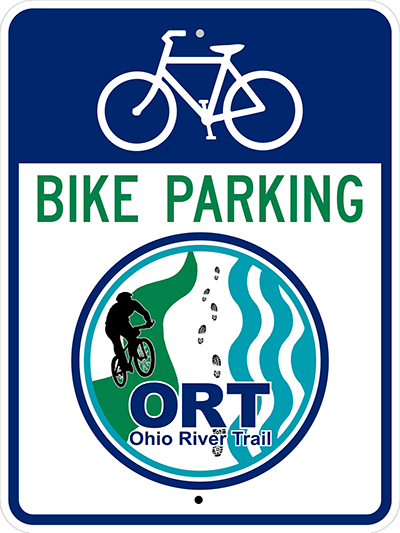
Download the ORTC Bicycle Parking Program Manual & Application
Download additional ORTC Bicycle Parking Applications.
Installation of a Bicycle Corral can be an Eagle Scout Project. Learn more here.
Public Bicycle Repair Station
Do-It-Yourself Dero Fixit

- Air pump
- Philips and flat head screwdrivers
- 2.5, 3, 4, 5, 6, 8mm Allen wrenches
- 8, 9, 10, 11, 15, 32mm box wrenches
- Tire levers (2)
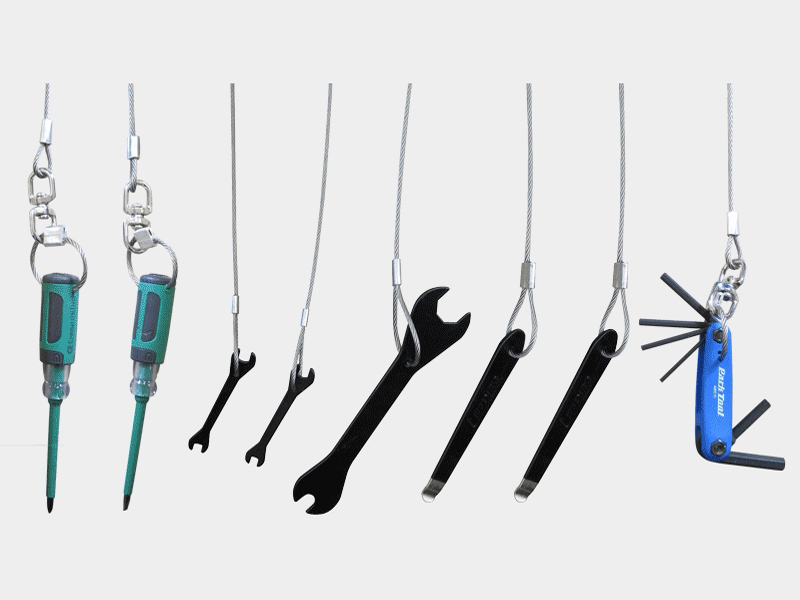
Pittsburgh Metropolitan Area Fix-It Stations Map
jordan release dateFind all Nike SB Dunk Releases & Restocks here - Grailify


